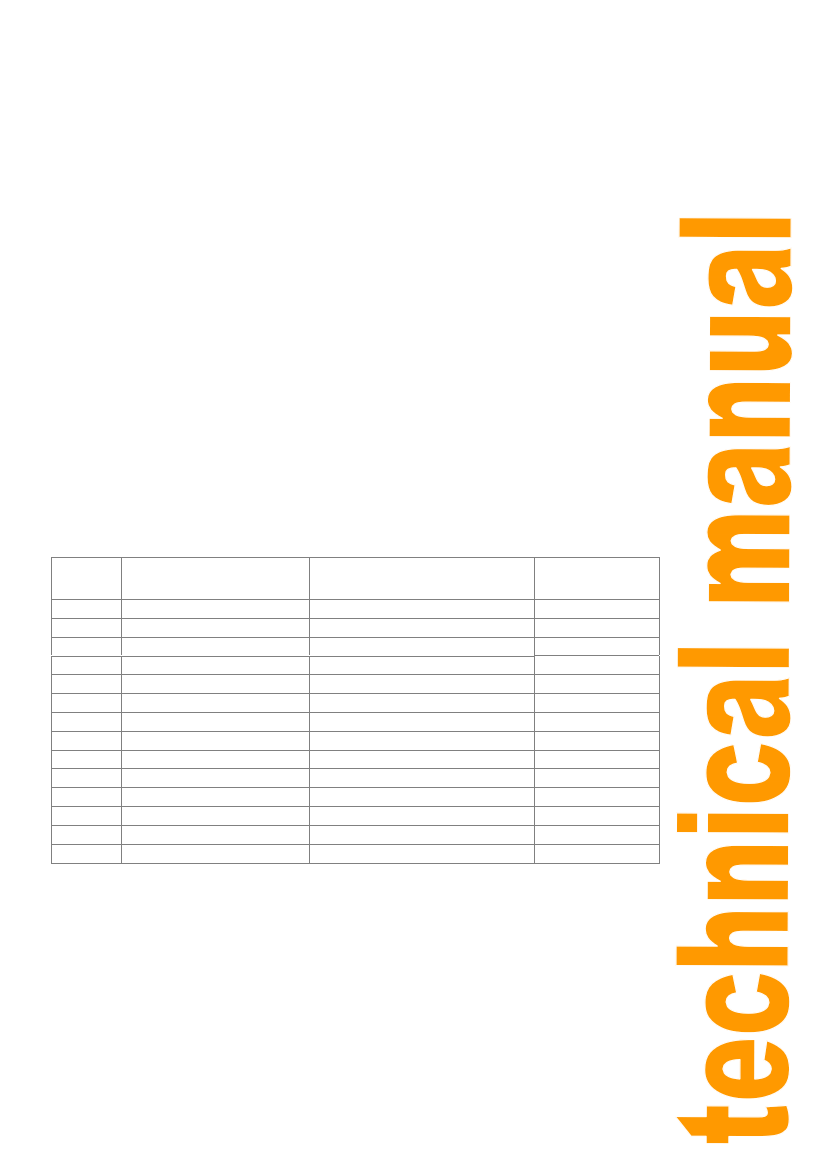
Slow sand filtration water treatment plants
Practical Action
SMALL-SCALE DRIP CHLORINATOR
Water of a very good quality is produced by slow sand filtration. Nevertheless, chlorination is
essential for complete disinfection purposes, and to avoid future contamination of the water
while it is being transported and handled.
A chlorine and water solution is prepared in the chlorinator and then allowed to drip into the
reservoir to disinfect the water. The drip is controlled with a tap.
Operation and maintenance of the chlorinator
• Gauging the flow, calculating the drip and preparing the mother solution
The following operations are only necessary when the chlorinator starts operating and when
the quantity of water entering the reservoir varies, for example during a change of season.
(Marrón, 1998b).
An appraisal must be made to calculate the flow entering the reservoir. Once the flow has
been calculated, the quantity of chlorine required, the volume of the mother solution to be
prepared and the drops per minute required to disinfect the water can be obtained using the
following table.
FLOW
(l/s)
0.3
0.4
0.5
0.6
0.7
0.8
0.9
1
1.2
1.5
1.8
2
2.25
2.5
CHLORINE WEIGHT
(grams)
115
140
170
208
240
277
308
346
408
524
624
693
770
862
VOLUME OF MOTHER
SOLUTION (litres)
15
18
22
27
31
36
40
45
53
68
81
90
100
112
DROPS / MIN
12
15
18
22
26
30
33
37
44
56
67
74
83
92
After using the above table to calculate the quantity of chlorine, place it in a bucket with
enough water to dissolve it, then pour this mixture into the chlorinator and add sufficient
water to complete the litres of mother solution recommended by the table. The mother
solution (concentration: 5000 ppm) is the mixture of chlorine and water poured into the drip
chlorinator to disinfect the water in the reservoir. The tap must then be regulated to provide
the approximate number of drops per minute indicated in the table. Count the drops per
minute and if the chlorinator provides five drops more or less than indicated in the table, it
can be considered correct.
26